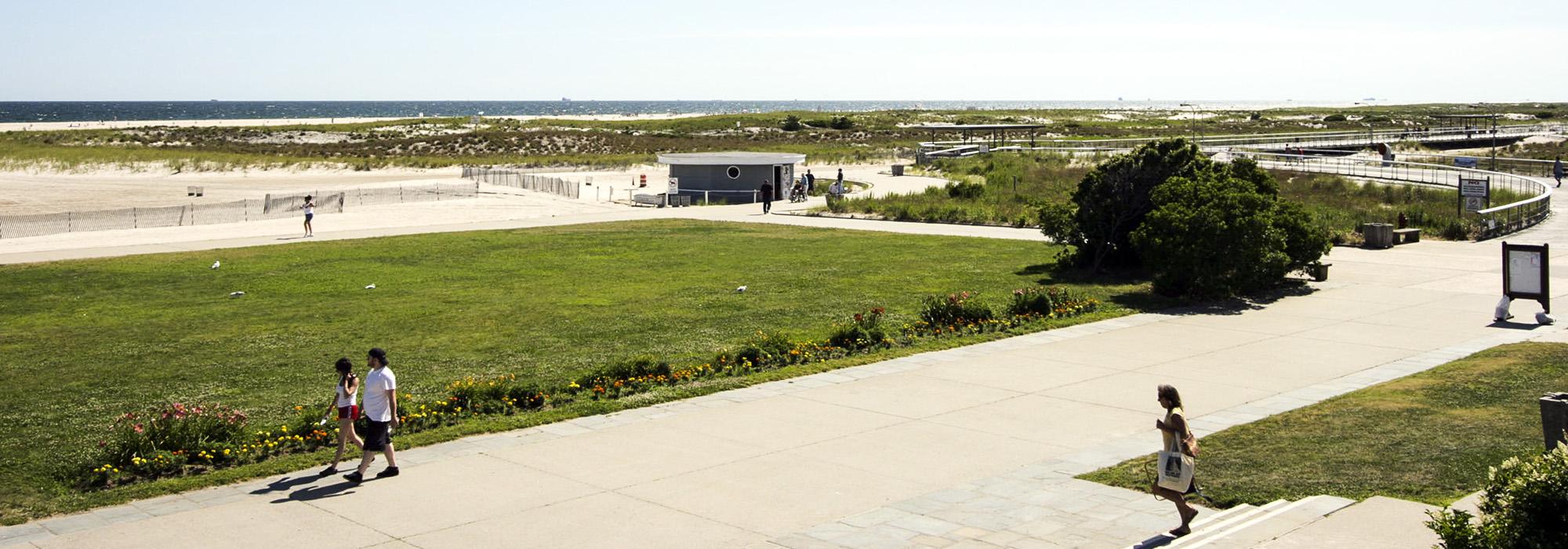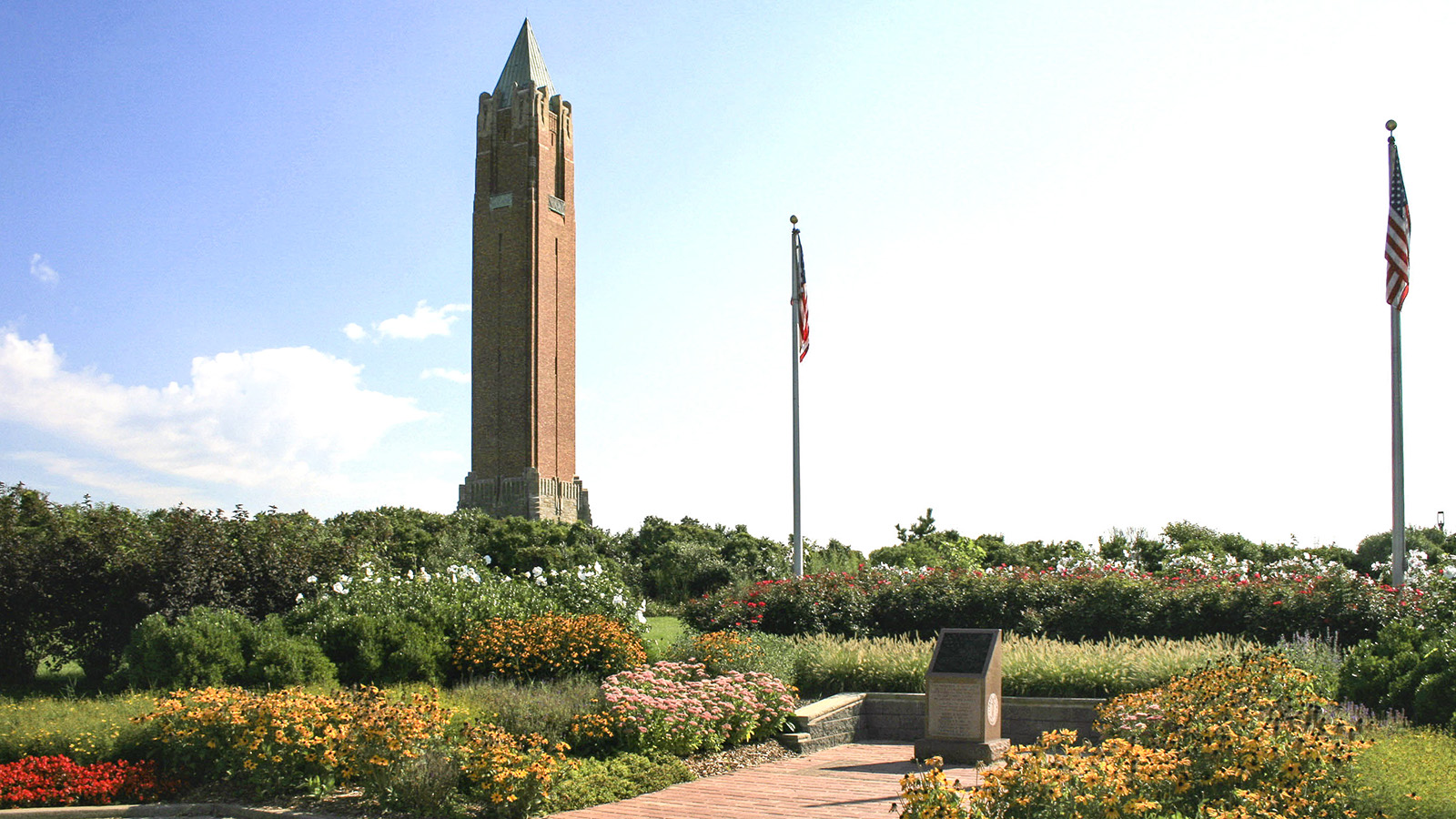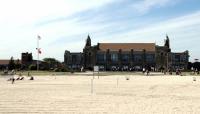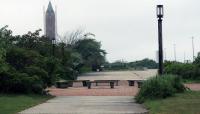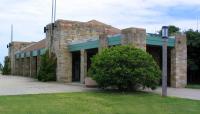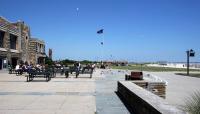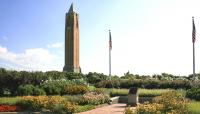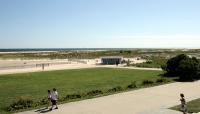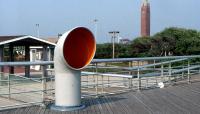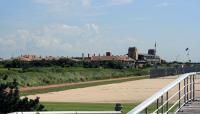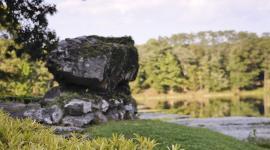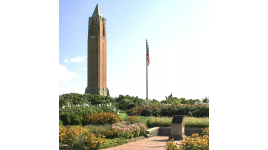Landscape Information
Located 20 miles from New York City on a barrier island off Long Island’s southern coast, this state park was conceived by Robert Moses as the highlight of an extensive network of interconnected parks and parkways. The 2,400-acre park’s signature feature is the 6.5-mile white-sand beach, intended to provide city residents with healthful outdoor recreation in a quiet, clean, and safe environment. Opened in 1929, Jones Beach was the first public beach created to provide resort-like activities for ordinary people.
As president of the Long Island State Park Commission, Moses oversaw a massive land acquisition campaign and major infrastructural projects that involved dredging sand from the State Boat Channel to create Jones Island; raising the island to 14-feet above sea level; spanning it with Ocean Parkway; and linking it to the mainland via causeways. Moses visualized the park’s general plan and directed the commission’s design team, which included chief architect and engineer Earle Andrews, landscape architect Clarence C. Coombs, chief engineer Arthur Howland, and engineer Herbert Magoon. Collectively, they created a Beaux-Arts landscape design and Art Deco architecture with a nautically-themed decorative program, bringing a level of order and a revolutionary sophistication to beach park design.
Jones Beach State Park features a two-mile boardwalk and two vast bathhouses with swimming pools which flank the entrance and central campanile-like water tower. Jones Beach never permitted carnival amusements, but contains athletic fields, baseball diamonds, tennis and volleyball courts, and an amphitheater. It was listed in the National Register of Historic Places in 2005.



